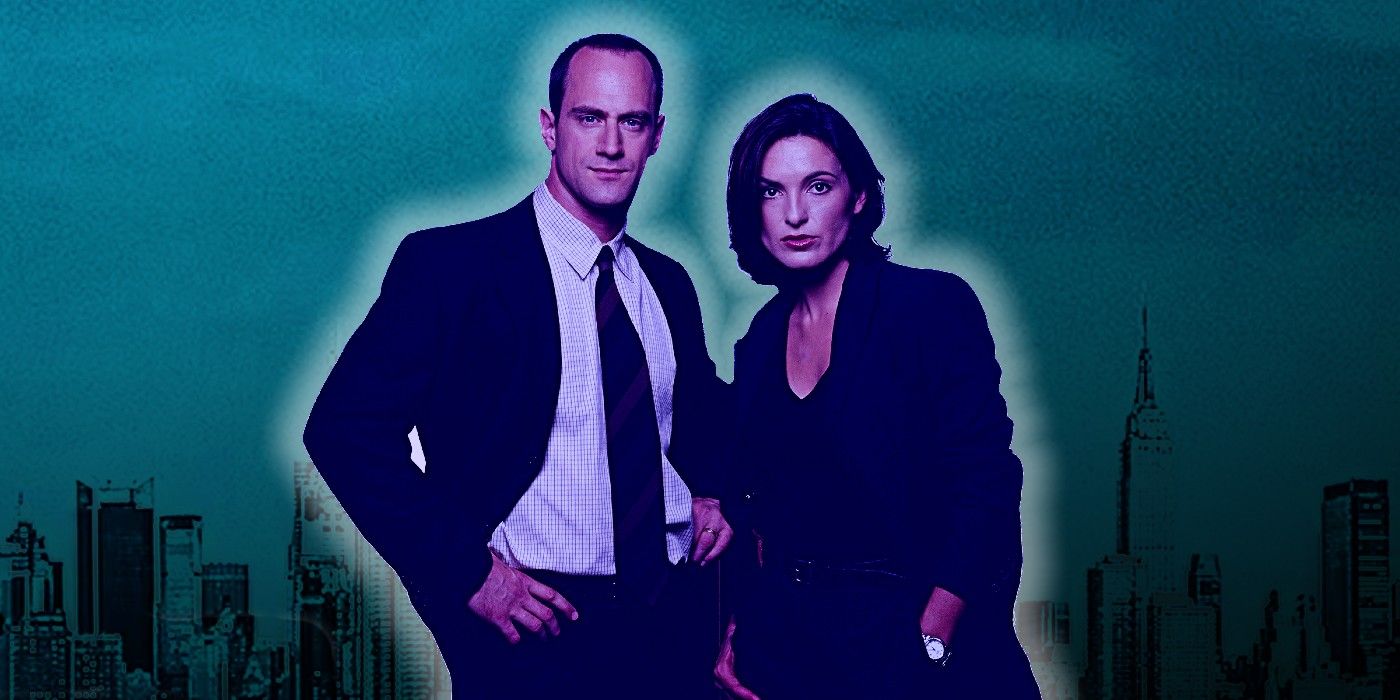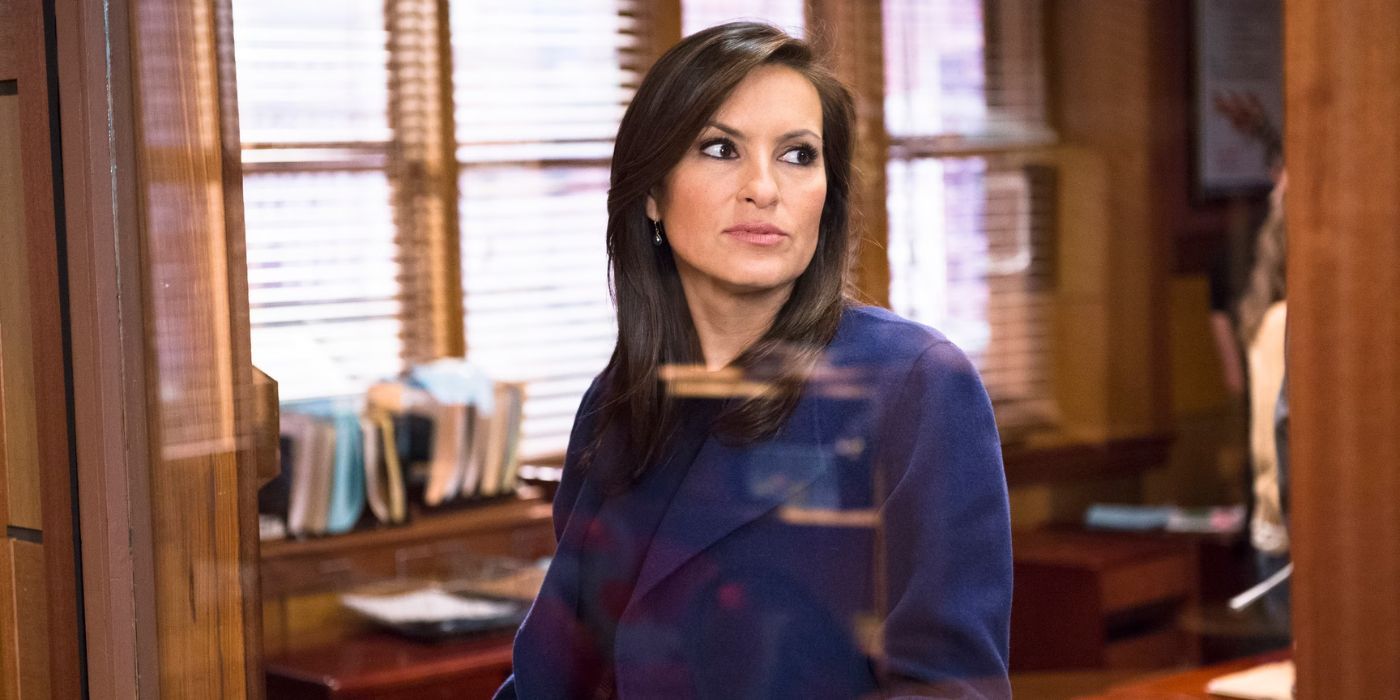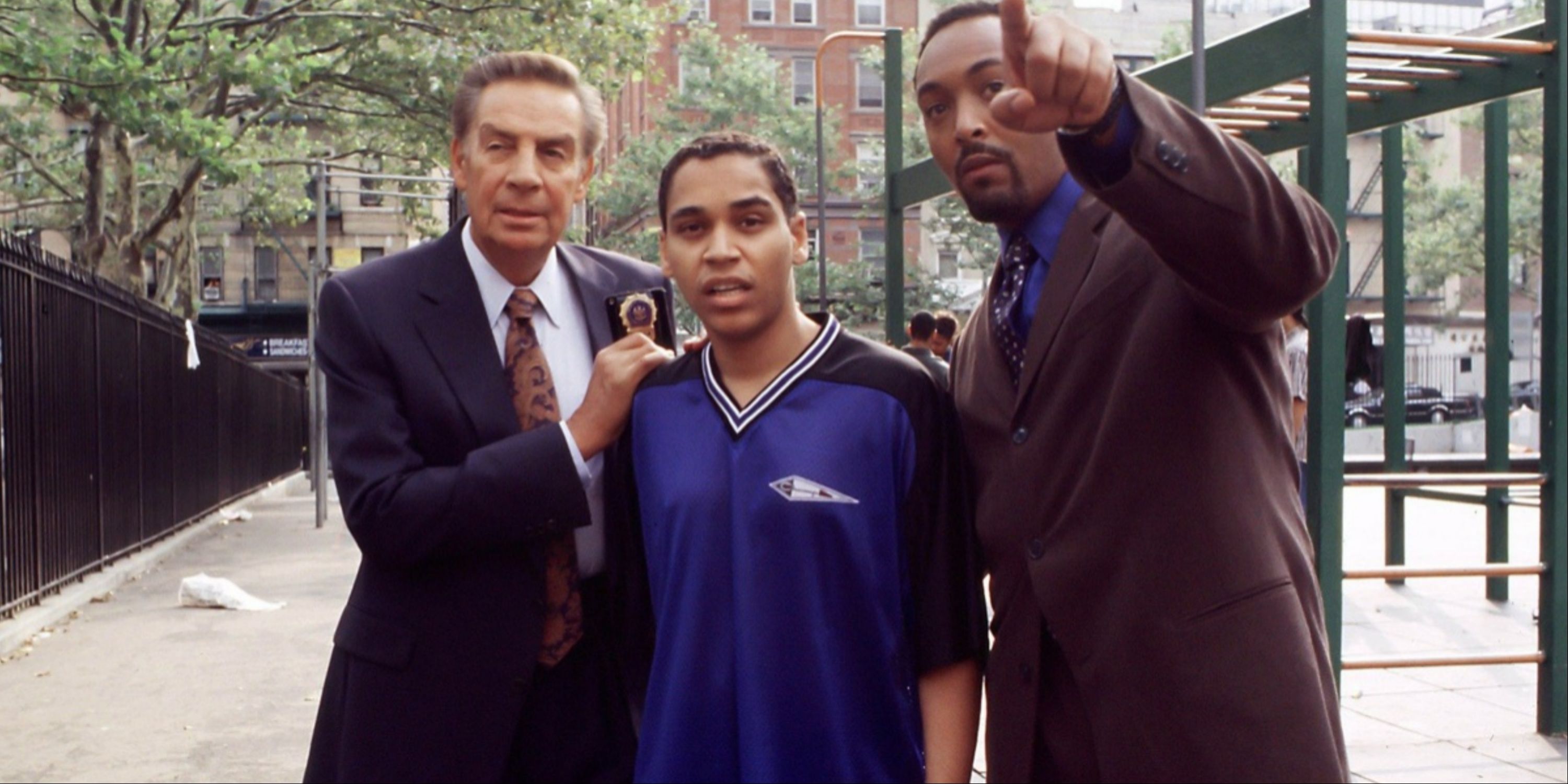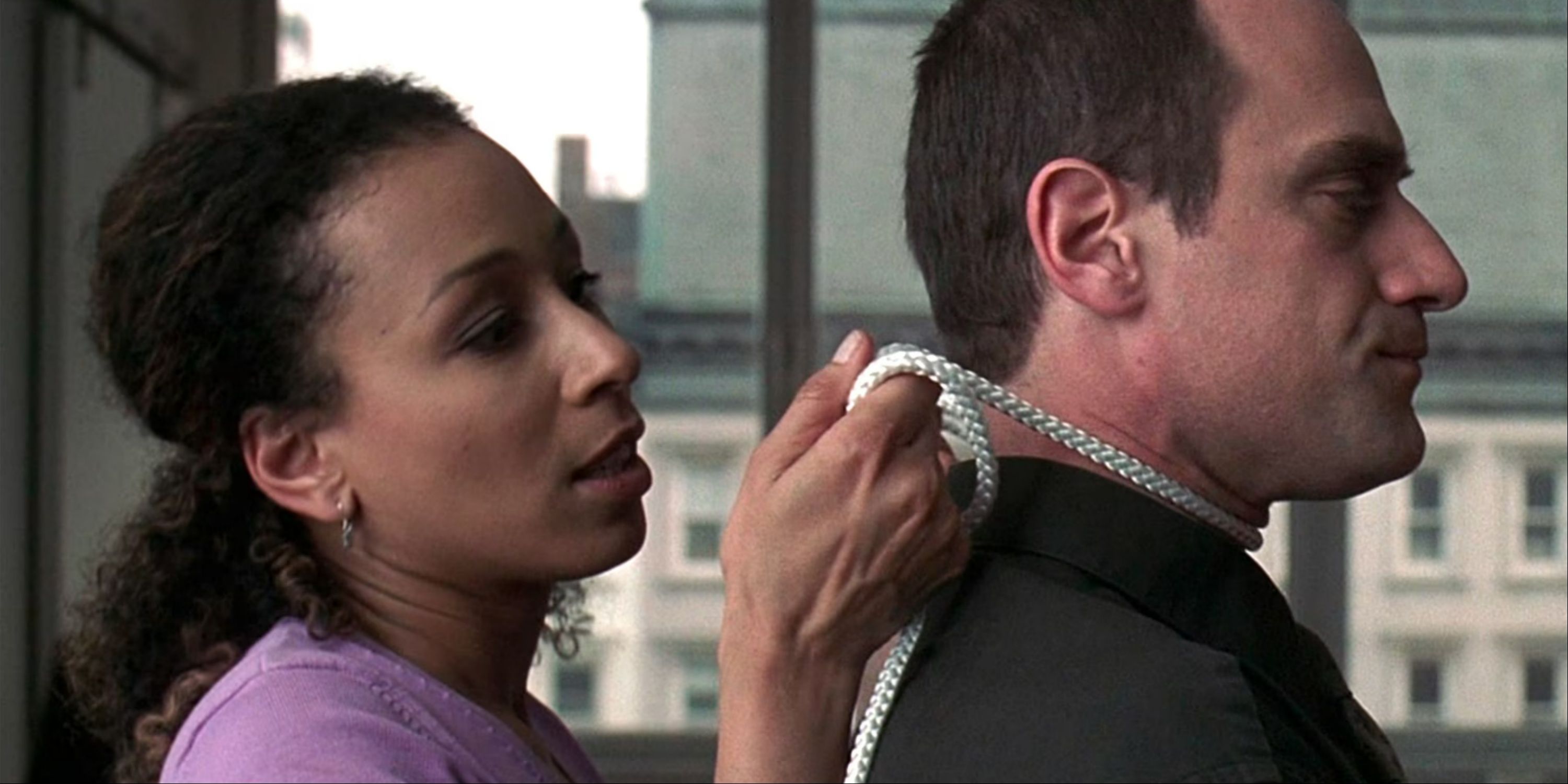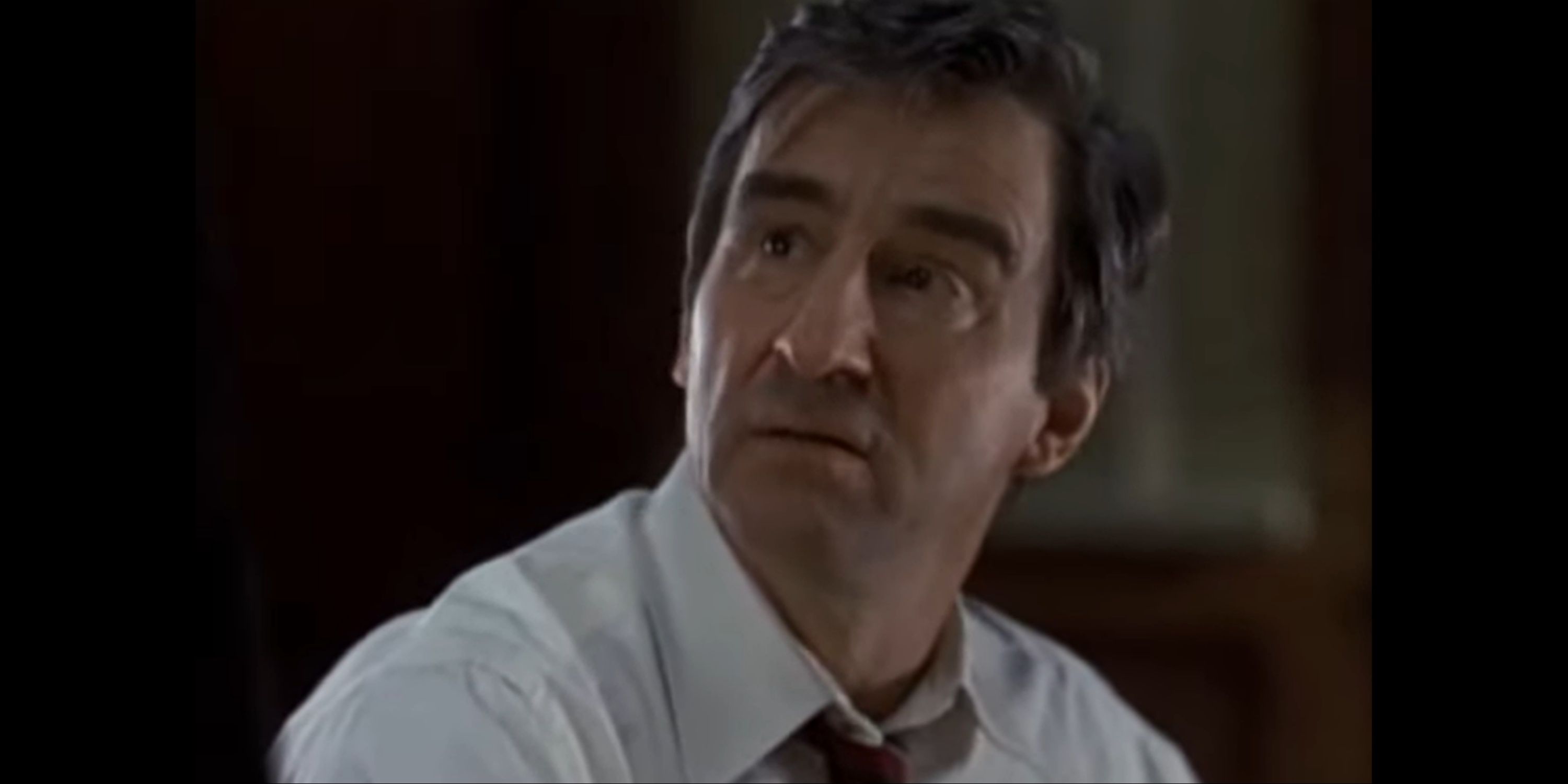Law & Order featured a few controversial episodes that were solved by both great detective work as well as impressive closing arguments.
Law & Order has remained a genre-defining police and legal procedural drama for almost 25 years. However, it has attracted just as much controversy as it has praise in that time, usually due to the often gruesome details of the cases featured. However, many of the cases are also inspired by real-life events, so Law & Order has had to learn to toe the line.
While sometimes controversial, these episodes also feature some of the best detective work and legal arguments in the series. The complex morality and potential ramifications of the outcome of their cases push the cast of Law & Order beyond their comfort zones, leading them to grow as characters as well as shine in the courtroom.
When a young girl comes to the SVU claiming her father sexually assaulted her, repressed memories of abuse uncovered in therapy become crucial pieces of evidence. The squad discovers the web of lies and resentment that pervades the girl’s family, especially her wealthy parents. Things become even more complicated when evidence begins to suggest the father is being framed, and he later turns up dead.
Thanks to the squad’s diligent work, however, the truth eventually comes out on the stand. The father’s death was an accident and he shot himself during a confrontation with his children. Furthermore, they realize that the therapist has been using faulty methods to create memories of abuse, not to uncover them.
5“Virtue” Brings The Rich And Powerful To Heel
Law & Order, Season 5, Episode 14
One of the best episodes in one of the best seasons of Law & Order, “Virtue” focuses on a member of the city council accused of sexually assaulting one of his workers, exposing his history of predatory behavior. McCoy decides to prosecute on an earlier case, back when councilman Talbert was still working in a law firm and discovers that he had coerced one of his coworkers into sex by threatening to end her career.
McCoy uses his position as ADA as an example to the jury of how easy it can be for someone in power to manipulate and take advantage of others. He argues that the position itself doesn’t matter as much as the power does. The jury is convinced and finds Talbert guilty.
4“Sunday In The Park With Jorge” Demonstrates Just How Complicated Justice Can Be
Law & Order, Season 11, Episode 11
When a woman is found murdered in the aftermath of a riot that broke out during a Puerto Rican Pride celebration, the police are under intense pressure to find the killer, and fast. Though this might seem like a racial profiling incident waiting to happen, the evidence seems to point to Seth, the vice president of a wealthy company. He murdered the girl to prevent the company’s value from being devastated by her divorce from the CEO.
However, the mayor’s office gets its wish of persecuting the mob granted when it is revealed that Seth left the area before the woman’s death, and the killer is actual Brazilian man Nestor Salazar. Though Salazar does confess to the crime, he claimed his actions were incited by peer pressure, and that he never wanted to kill her, just to be intimidating. However, thanks to McCoy, he is still charged with manslaughter and convicted by the jury.
3Stabler Overcomes Both The Burdens Of Proof And His Own Bias In “Ridicule”
Law & Order: SVU, Season 3, Episode 10
This episode touches on the stigma that many male victims of sexual assault face. When a male stripper claims he was sexually assaulted by a group of women, at first Stabler doesn’t believe him. However, with assistance from the resident genius Dr. Melinda Warner, Stabler and Benson are able to piece the truth together.
It is revealed that one of the women murdered her friend and tried to make it look like an accident when she found out she was going to confess. ADA Cabot is able to get the women convicted of assault by putting them on the stand While the jury acquits them of some of the charges, Stabler’s evidence allows for an immediate arrest on the murder charges which convinces the women to be more forthcoming.
2“Forty-One Witnesses” Is Evocative Of An Infamously Chilling Case
Law & Order: SVU, Season 17, Episode 13
Inspired by the real-life case of Kitty Genovese, this episode sees the SVU squad trying to prosecute on behalf of a woman who was assaulted in her apartment’s courtyard. Despite dozens of her neighbors hearing or seeing something, no one called the police, and none could identify the suspects and clearly saw what happened except for Doug Nelson, who was drunk at the time.
Fan-favorite ADA Rafael Barba shines in this episode when Counselor Henderson calls the credibility of Nelson’s testimony into question. Barba sways the jury when Nelson reveals he got drunk out of shame for not helping the victim and demonstrates that his memory is flawless, even when drunk in the courtroom. This results in a conviction for all the attackers.
